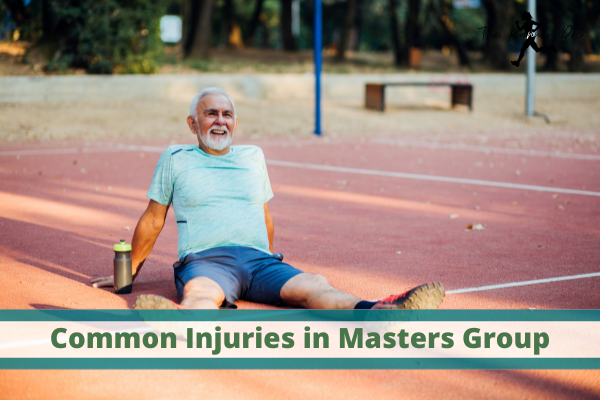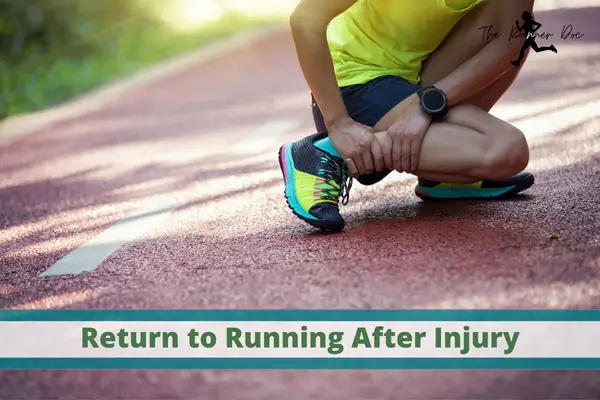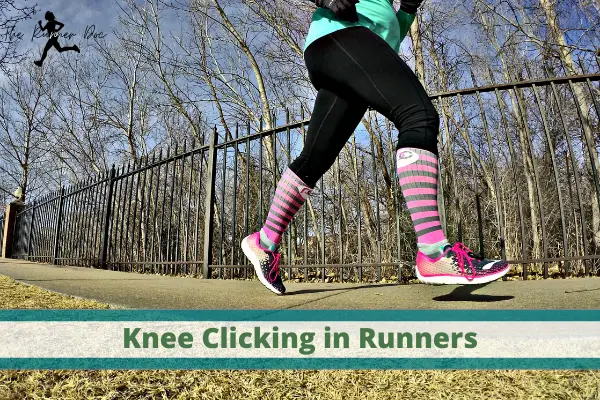Common Injuries in Masters Age Group Runners: What you need to know
As we age, our bodies change and the way we get injured changes too. Injuries that runners faced in their twenties may not be as common or as severe in their forties or older.
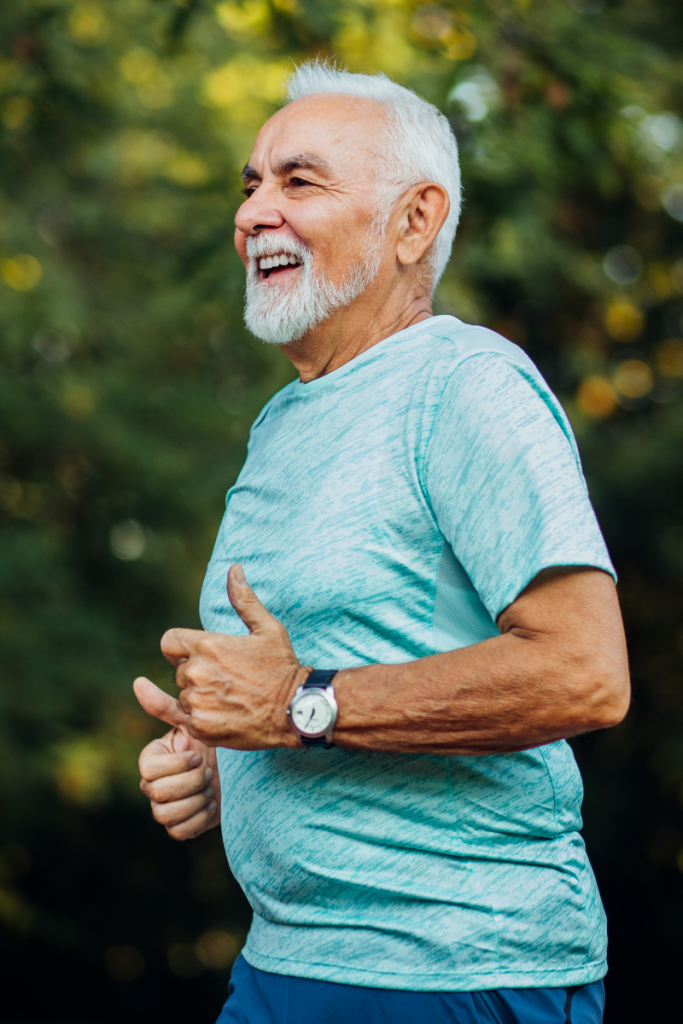
However, there are some injuries that tend to show up more often as runners reach their masters age group. In this blog post, we will discuss the most common running injuries in masters age group runners and how to prevent them from happening!
What is the Master’s Age Group for Runners?
The master’s age group for runners is typically defined as runners aged 40 and over. However, some races will have different age categories for different age groups. For example, the Boston Marathon has five-year age divisions for runners aged 40 and over (40-44, 45-49, 50-54, 55-59, 60-64, 65-69, 70-74, 75-79, 80+).
When speaking races there are different practices for awards etc but we won’t get into that in this article. Just know when referencing masters runners in terms of injuries I’m referring to those runners that are over the age of 40.
What are the most common injuries in masters age group runners?
In comparison to younger runners, master runners were more inclined to suffer from soft-tissue injuries in their calf, achilles, and hamstrings. Soft tissue injuries encompass strains, strains, and tendonitis.
One study found that the most common injuries in master runners were:
– Achilles tendinopathy (17%)
– Patellar tendinopathy (12%)
– Hamstring strains (11.% )
– Plantar fasciitis (11%)
The most common injury that masters age group runners face is Achilles tendinopathy. This is an irritation and degradation of the Achilles tendon, which is the large tendon that runs down the back of your leg and connects your calf muscle to your heel bone.
Patellar tendinopathy comes in second to achilles tendinopathy. This is the only “knee” specific injury that is in the top 4 most prevalent injuries in the masters age running group.
Clinically speaking I mostly see achilles tendinopathy and plantar fasciitis (fasciopathy) in the masters age group runners that I treat.
How do these injuries change as we get older?
As we age, our bodies change and the way we get injured changes too. Injuries that runners faced in their twenties may not be as common or as severe in their forties or older. However, there are some injuries that tend to show up more often as runners reach their masters age group.
Typically, runners in their teens, 20s, and 30s are plagued by injuries at or above their knees. As we age however the injuries shift lower to our ankles. The most common injuries in runners aged 40 and over are Achilles tendonitis, plantar fasciitis, and calf strains.
What Changes As We Age That Can Contribute to Injuries?
There are a few things that change as we age that can contribute to injuries. First, our muscles and tendons become less elastic and more brittle. This makes them more susceptible to strains and tears.
The biggest change is in our calf and achilles tendon complex. It is estimated that starting at age 30 adults begin to lose 1% of strength in the calf muscles per year. Dr. Willy has a great image that demonstrates the change in this area that he has presented in several courses.

Image source: 2018 Running Symposium, Dr Rich Willy: The Masters Runner: maintaining durability.
The reduction in calf strength and the musculotendon stiffness means that the muscles and tendons have to work harder to produce the same amount of force, which can lead to overuse injuries.
What can we do to prevent these injuries from happening in the first place?
The biggest tip that I have for my runners of all ages is working on strength training. Strength training has been shown to increase tendon/ligament stiffness which will help prevent the soft tissue injuries common in the masters athlete. A particular focus of a good strength training program will be to work on the two muscles of the calf complex, the gastrocnemius and soleus.
The next way to prevent any injury is working on mobility. By mobility I don’t mean stretching either. Mobility is the ability to move through a full range of motion. It encompasses both strength (motor control) and flexibility. You don’t need to be flexible to prevent injuries in running. In fact, being too flexible can actually lead to injuries. However, having a good range of motion in your joints will help you move more efficiently and prevent injuries.
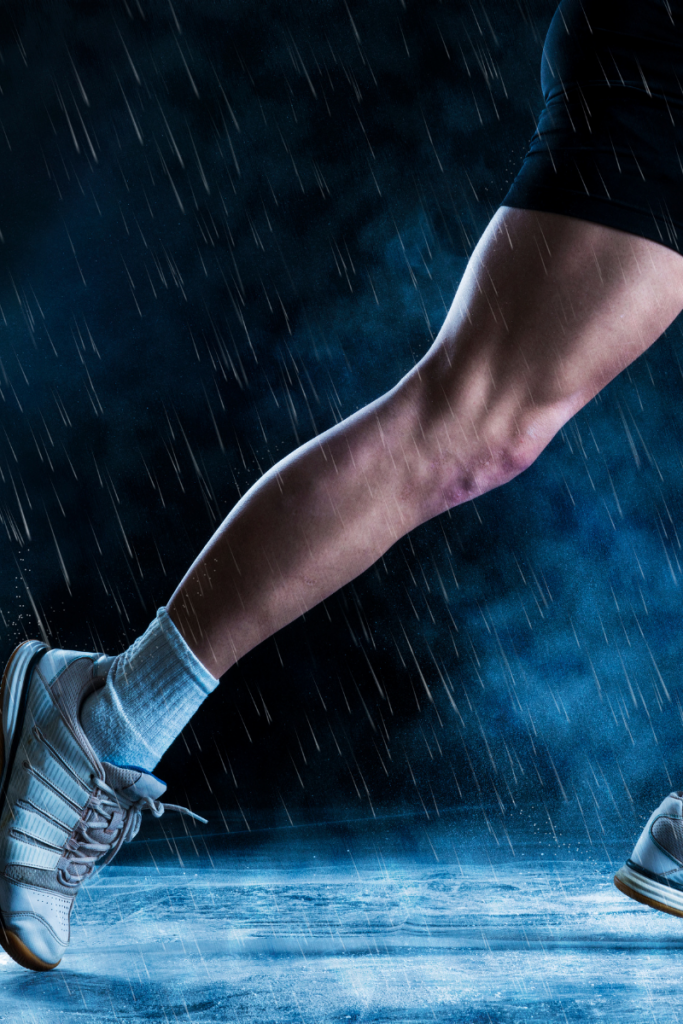
Additionally, I would suggest that runners in their masters age group pay attention to their shoes. Wearing shoes that are too worn out can contribute to injuries. I generally suggest that runners replace their shoes every 300-400 miles or every six months, whichever comes first. Also, rotating shoes is extremely important for staying injury free!
Finally, focus on running form. This will help prevent overuse injuries in your knees, hips, and back. This is one of the reasons I believe and promote that every runner should see a physical therapist yearly for a checkup/tune up.
Osteoarthritis is NOT a Concern
For a detailed explanation on the correlation of osteoarthritis (arthritis) in the knees and hips and runners head over to my article: Arthritis is not Caused by Running.
For a brief summery, OA (osteoarthritis) has been found by researchers to provide a protective effect on the knee and hip joints. This is in contrast to the popular opinion that running is “bad for the knees” and causes the cartilage to breakdown.
In a published research in 2018, researchers found that the incidence of hip and knee OA in marathoners was 8.8%, which was considerably lower than the rate among a comparable non-running control group (17.9%).
Final Thoughts on the Most Common Injuries in the Masters Athlete
One of the things that most people, and runners are included in this, don’t want to hear is that we are getting older and have different concerns than we had when we were in our 20s. Human nature is to keep believing we can do the same things that we did when we were younger. Which I whole-heartedly believe we can, such as running. We just need a different approach.
As we age, our muscles and tendons become less elastic, making us more susceptible to strains and tears. As compared to our younger counterparts who suffer more from “runner’s knee” and Medial tibial stress syndrome (shin splints). We all have issues and injury risks. They just change with the phases of our lives.
The good news is that there are things we can do to prevent injuries. These include: strength training, focus on mobility, pay attention to shoes, and focus on running form. Focusing on injury prevention through all cycles of life for runners is key to staying healthy and on the road (or trail) running!
Related Articles to Masters Athletes
- Strengthen Posterior Chain to Help You Become a Better Runner
- How to Start Running without Injury
- How to Fix Achilles Tendinopathy
AFFILIATE DISCLOSURE
As an Amazon Associate, I earn from qualifying purchases. This post may contain affiliate links. If you use these links to buy something we may earn a commission. The Site may contain links to affiliate websites, and we receive an affiliate commission for any purchases made by you on the affiliate website using such links.
All information should be used as a tool for more knowledge on the subject topic, to use as references for later articles where applicable, or just to keep it in mind during future exercise routines or activities.
This article is not meant to give medical advice or to replace professional health care. Should any ailment occur please contact your doctor or physical therapist immediately to keep yourself safe and prevent further damage.
The author is not liable for any personal or commercial damage directly or indirectly related to the content hereof. You are responsible for adhering to local laws and regulations regarding health & safety, including proper use of equipment or safety gear, and compliance with governing healthcare associations, and state, and federal regulations.
References for Masters Runner Injuries
Willy, Richard & Paquette, Max. (2019). The Physiology and Biomechanics of the Master Runner. Sports medicine and arthroscopy review. 27. 15-21. 10.1097/JSA.0000000000000212.
Ponzio DY, Syed UAM. Purcell K, et al. Low prevalence of hip and knee arthritis in active marathon runners. J Bone Joint Surg AM. 2018; 100: 131-137.
Most common running injuries in the masters athlete
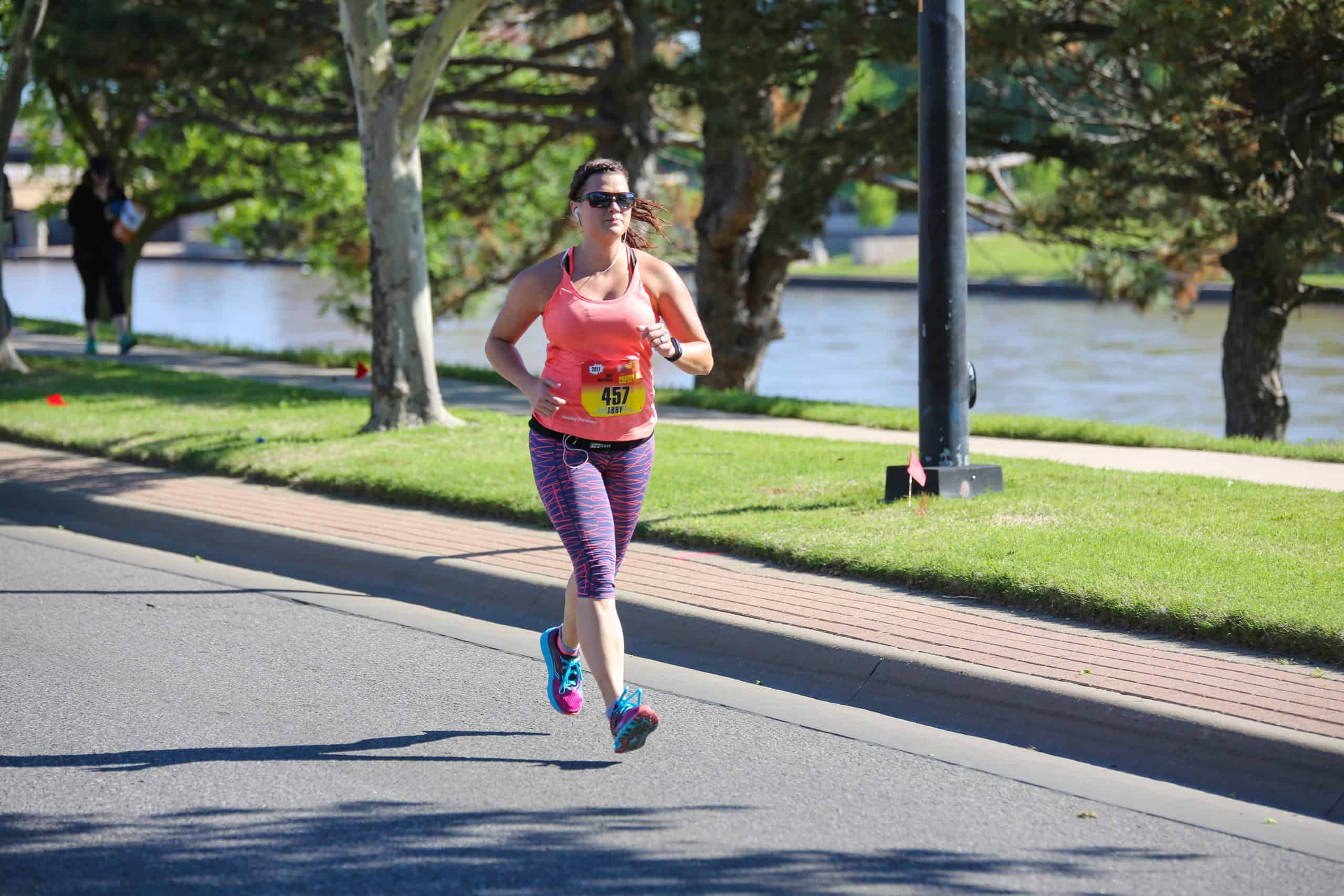
Dr. Abby Siler, PT, DPT is a Physical Therapist with 10 years of experience in a variety of settings. She has spent the majority of her time treating athletes in orthopedic clinics and worker’s compensation cases. She is a runner herself for the past 15 years and a lifelong athlete. Dr. Abby loves to teach runners how to stay injury free and out of her clinic.
